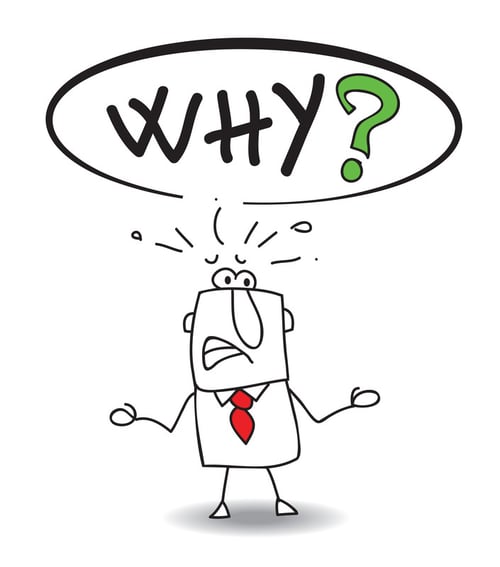Measuring Forecast Accuracy – Getting Started

Improved forecast accuracy leads to many downstream improvements in operations and ultimately, on the balance sheet. That is why Gartner, Inc., a highly respected information technology research and advisory firm, puts forecast accuracy at the top of its pyramid of supply chain metrics. In a study published in February 2012, Gartner stated that a 6% forecast improvement could improve the perfect order by 10% and deliver a 10-15% reduction in unnecessary inventory. These are very impressive numbers and a very good reason to work towards improving forecast accuracy.
There are many metrics with which to measure forecast accuracy. MAPE (Mean Absolute Percentage Error) is the most used metric probably because people understand when a deviation is expressed as a percentage. If you are evaluating items with erratic demand or low demand volumes, I would recommend using MAD (Mean Absolute Deviation) as well. MAD describes the average distance from the mean for the numbers in the data – a great metric for high value, low volume items. Using MAPE and MAP over several observations is a good start for the novice demand planner.
There are many reasons for low forecast accuracy. Some of the most common reasons are:
- Working with invalid or incomplete historical data
- Using the wrong forecasting model
- Wrong product assumptions
- Wrong market assumptions
The fact is some items are simply more difficult to forecast than others. For example, items with very erratic demand are a real challenge. Add lumpy demand to that and you have an item that is pretty much impossible to forecast. Be nice to yourself and start with high impact items that have a high degree of forecastability. You may uncover pervasive issues that, once addressed, will result in forecast accuracy improvements on a large number of items. Be inquisitive! Investigate the outliers in your historical demand using good analytic tools. Get insights from others within or outside your organization. What items are approaching the end of their lifecycle? What new contracts are coming into play? Being aware of upcoming changes provides an opportunity to adjust your statistical forecast.
Every journey start with a single step. So start measuring and remember – there are no stupid questions when it comes to investigating forecast accuracy. Approach this exercise with the natural curiosity of a child and go for the gold!


